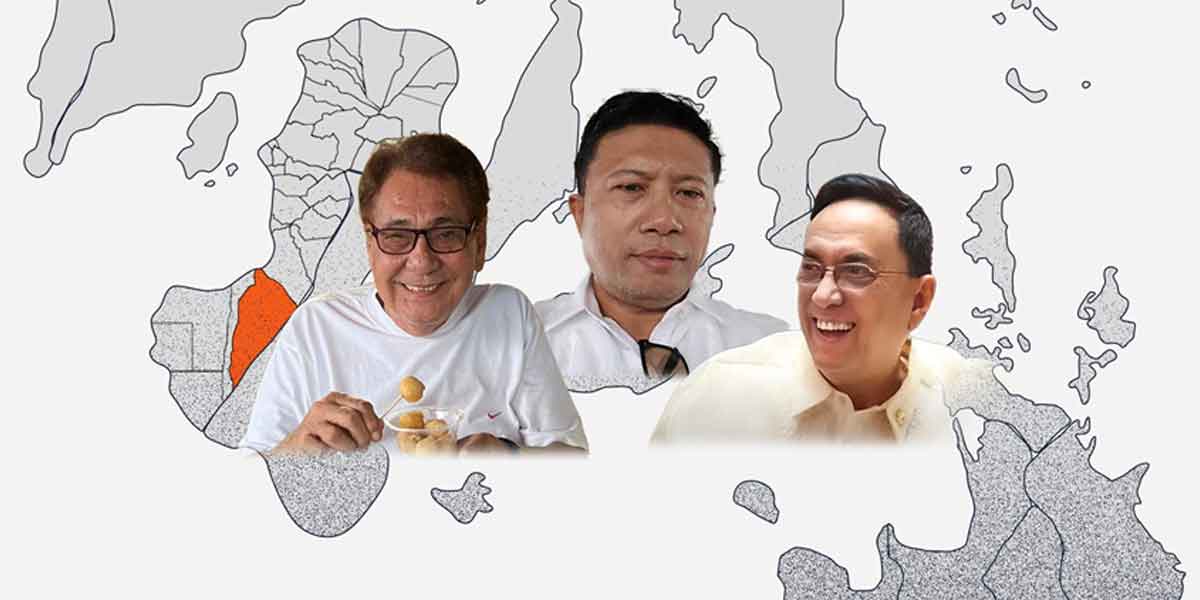By Alex P. Vidal
“You think you are killing me. I think you are committing suicide.”
— Antonio Porchia, 1885-1968, Italian-Argentinian poet
PERCIVAL “Percy Lapid” Mabasa was the 196th journalist murdered since democracy was restored in the Philippines in 1986.
That makes the Philippines still one of the most deadliest countries for journalists.
Mabasa, who had a radio show on DWBL 1242 called “Lapid Fire”, was a hard-hitting commentator and critic of President Ferdinand “Bongbong” Marcos Jr., former President Rodrigo “Digong” Duterte, former President Joseph “Erap” Estrada, and former Manila mayor Francisco “Isko Moreno” Domagoso.
He was shot dead by motorcycle-riding killers in his car in Las Pinas City on October 3 night, it was reported.
Filipino journalists aren’t strangers to violence and bloody encounters with enemies of press freedom and those allergic to criticism who are mostly corrupt public officials, drug and illegal gambling syndicates, military and police scoundrels.
For a while, no journalist of national prominence like Mabasa has landed in the headlines after being harassed, bullied, or murdered. Most of those killed in the past 35 years were community journalists or media practitioners from the provinces.
Since the EDSA uprising that toppled the dictatorship in 1986, one journalist from the wires was reportedly killed, one from online, and two were freelancers.
-o0o-
The year of the Maguindanao Massacre in 2009 was the deadliest year for Filipino journalists, where 32 media workers were brutally killed. This was followed by 2004 and 2006, where 13 journalists were killed in each of those years.
All of the three deadliest years were under the administration of former President and now Rep. Gloria Macapagal-Arroyo.
In the press freedom index of the Reporters Without Borders (Reporters sans frontieres or RSF) for 2022, the Philippines ranks 147th out of 180 countries.
Sri Lanka is reportedly on the 146th spot, while Ukraine is on 106th.
The ranking measures the state of press freedom in each country.
Every administration, the fate of critical press in the Philippines hasn’t changed.
If reporters aren’t jailed for exposing anomalies in government and bad elements in society, they are murdered in cold blood.
The culture of impunity continues even until the Philippines has elected its new leaders that promised to promote and protect democracy in the recent national election.
President Marcos must use his government’s full resources to solve Mabasa’s senseless murder, the first case of celebrated media killing that will haunt this administration.
He mustn’t take Mabasa’s murder for granted even if he was Mr. Marcos’s relentless pre-election critic; his administration shouldn’t take this macabre crime lightly.
-o0o-
I was personally shocked by Mabasa’s grisly assassination. I followed his programs on Youtube especially before and during the recent campaign period for the May national elections.
He openly rooted for Vice President Leni Robredo and Senator Francisco “Kiko” Panglinan respectively for president and vice president.
Although his candidates for the top national positions didn’t make it, Mabasa was fair and square in his commentaries and criticisms of the new administration.
He blasted passionately the purveyors of fake news and condemned those who attempt to stifle the freedom of the press and expression.
Mabasa was also a fierce critic of former Mayor Isko Moreno and the current administration in the City Hall of Manila.
The hard-hitting broadcaster has waged war against graft and corruption using his very popular radio program which was simultaneously aired “live” in his social media accounts and posted on Youtube with hundreds of thousand followers.
Violence in the Philippines, the unabated persecution and increasing harassment and killings of crusading journalists; the death of my colleagues from hired killers, among other savage attacks against my profession, are among the major reasons why I am now based in the United States.
(The author, who is now based in New York City, used to be the editor of two local dailies in Iloilo.—ED)
























